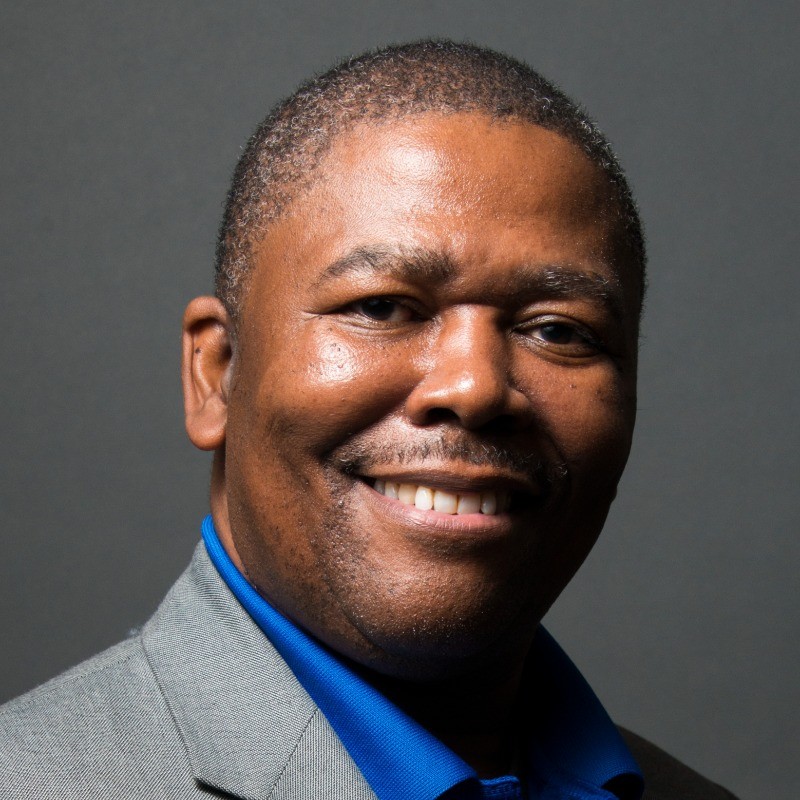In celebration of MLK Day and National Day for Racial Healing, the Foundation for the Mid-South’s Mississippi’s Truth, Racial Healing and Transformation Alliance (TRHT) hosted a two-day series of events to bringing racial healing efforts to the forefront. The Neshoba Youth Coalition helped engage dozens of youth to celebrate the importance of community healing.
Talk about Neshoba Youth Coalition’s history. How many youth would you say have benefited from the initiative?
It was started by two young women by the name of Shamiska Collier and Cache Boler, who went off to a summer training program at the University of Mississippi, and they came back inspired to do something for their community. At the time, Philadelphia, Mississippi had the ninth highest teen pregnancy rate in the state. That was the issue they wanted to tackle.
So, they reached out and asked me if I would help them to form a group. I told them, if you recruit the students, I’ll prepare the materials. We started the coalition in 2010 with 7 students. By 2011, we had about 35 students. By 2015, we had 75. Many of our students have gone on to work in the educational system.
In fact, about 15 of our students are now teaching in our local schools. The head football coach is also one of our students. We’ve had students go on to work in other school districts. That’s one of the goals of the program–to make sure that when students graduate out of the program, they take what they’ve learned and apply it wherever they are.
Recently, the Coalition graduated one valedictorian and two salutatorian students. What about the Coalition’s work helps young people achieve their academic goals?
We spent a lot of time building up their self-esteem, and talking about their history. It’s important for students to know their history and feel confident in being who they are.
And when we talk about history, like slavery, we don’t just talk about one thing.
We talk about what happened before slavery, about who we were as a people. And we look at some of the civil rights leaders and icons of Black history and spend a lot of time talking about them and how they were all able to overcome.
Education is an equalizer, that’s why it’s so important. That’s why we focus on it, and push our students to be the best. We challenge them to go above and beyond, to be leaders.
What feedback did you get from those who participated in the National Day of Racial Healing events?
We were there for the racial healing dialogue at the Smith-Robertson Museum. All together, we had about 60 students. We did a presentation on community building.
At the end of our presentation, one person stood up and talked about how it really empowered him to feel like he can make a difference in his community.
For our group, I think the father-daughter conversation during the racial healing panel discussion really took center stage. Seeing that conversation between the father and daughter, their different perspectives on racial healing, and what it meant to each one of them was powerful.
Why do you think racial healing discussions are important?
Racial healing in Mississippi is crucial because Mississippi has this deep-rooted history of racial injustice and systemic inequalities. For example, the 1964 murders of Chaney, Goodman, and Schwerner that took place here in Philadelphia. It means a lot for our students to understand that case and to be able to address the generational troubles that came from it.
What does it take to organize youth around racial equity issues?
One of the key things we do is foster awareness among our students about what has happened in the past. We do a lot of storytelling circles. Some people call them racial healing circles, but we call them storytelling circles, because they’re designed to build trust among the students in the room.
We start by sharing our story, the story of our organization, the story of our city, the story of the progress that has been made here, and then move into their everyday experiences. How they engage with their families, how they engage with their communities. Eventually, the students start to open up and share and we’re able to have those difficult conversations.
When we create that safe space, where students feel like they can be vulnerable, that’s when we can move forward. It’s a long process. We first come together in August and we spend the first 8 weeks just getting to know one another and building relationships.
How do you think racial healing conversations prepare young people for the next stage of their lives?
One of the things we are very deliberate about is developing leaders. We share leadership skills and follow certain guideposts. Some of these skills are conversational: How do you defuse disagreement? How do you speak your truth? How do you use “I” statements? That’s how we begin–teaching students the basic tools they’ll need in order to have difficult conversations.
Then we get into how to work with people who are different than they are. We have a 5-step program that we use. It’s all about awareness. Making students aware of their situation, and helping them see ways of improving that situation. These are important skills to have, not only for racial healing, but for life.
It’s really amazing seeing students move from “I” statements to “we” statements. When you hear them start saying, “We can” or “We should” you know they’re ready to start engaging with the larger community in a positive way.
*Responses edited for clarity and brevity.


